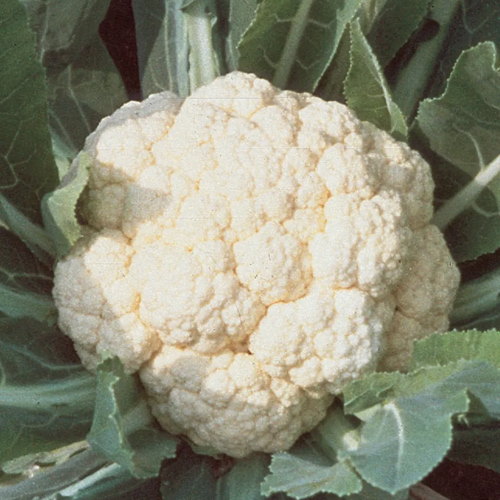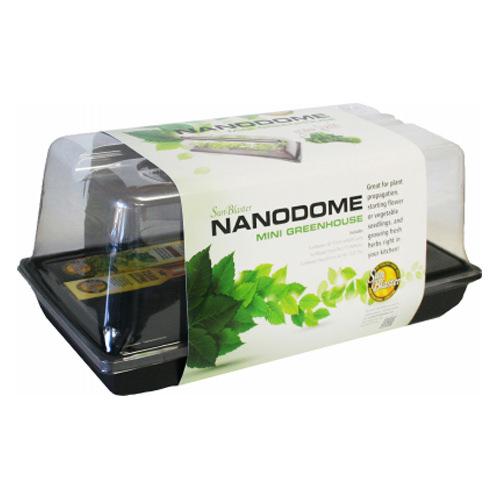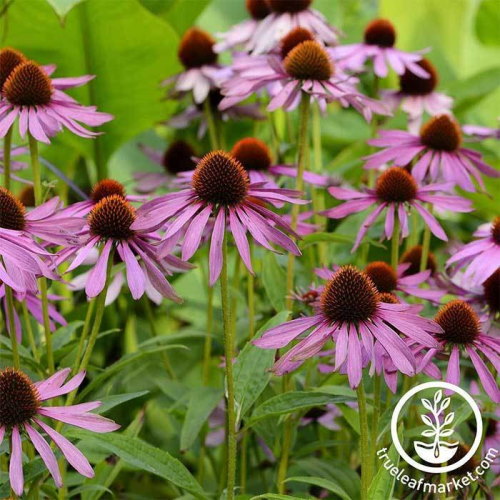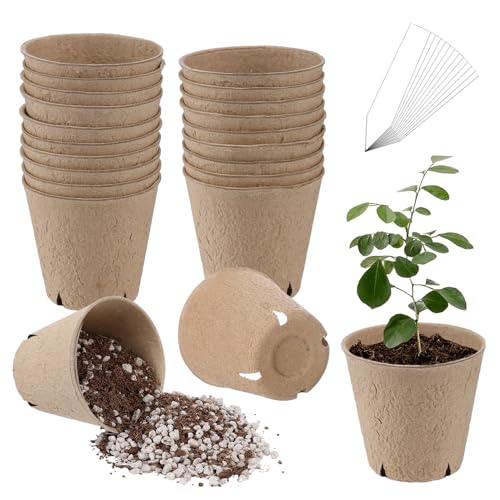Seeds to sow in US hardiness zone 7 in February – flowers, vegetables, and herbs to start indoors for a longer season
Discover 9 plants to sow this month, and place outside after the last frosts
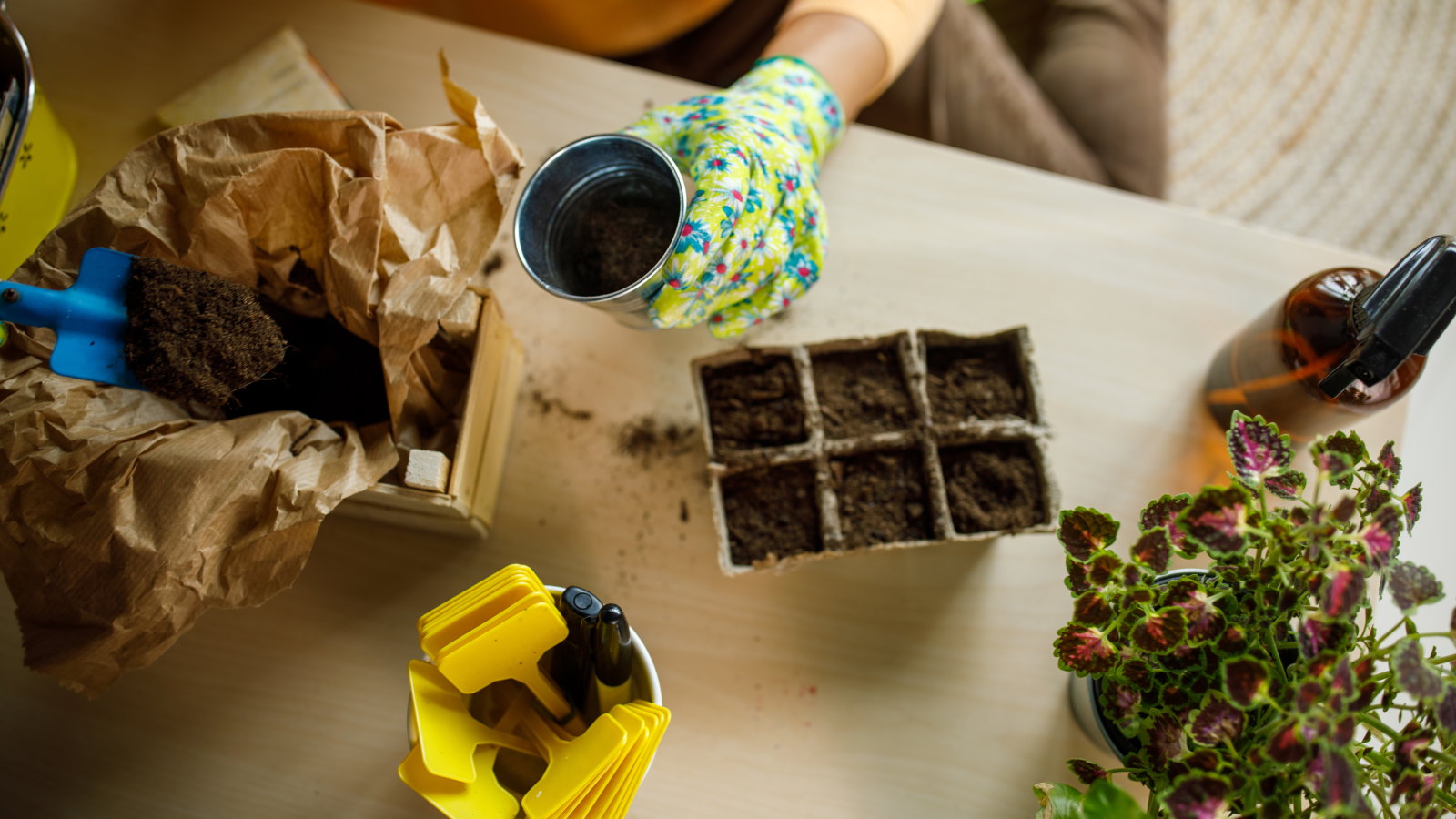
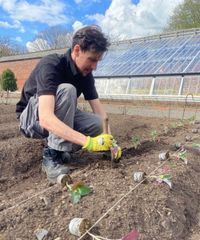
US hardiness zone 7 is large and stretches over 28 states in total. It spans from Cape Cod, MA and covers parts of Virginia, North Carolina, and Texas before traversing up the western side of the Rockies. In February it is too cold for most of the region to sow seeds outdoors, but the month offers a great opportunity to sow vegetables, herbs, and flowers indoors.
The typical last frost day in spring for the zone can be around the end of March or the first weeks of April. There are lower regions with warmer temperatures and colder altitudes within the zone and any particular location within zone 7 will affect the exact best timings for sowings.
Bearing that in mind, for each of the nine seeds to sow in US hardiness zone 7 in February outlined below we have included a guide to how many weeks to sow ahead of the last frost. These dates and our tips for how to sow seeds indoors will help you have good germination and healthy plants ready to go outside after the last frosts.
Broccoli
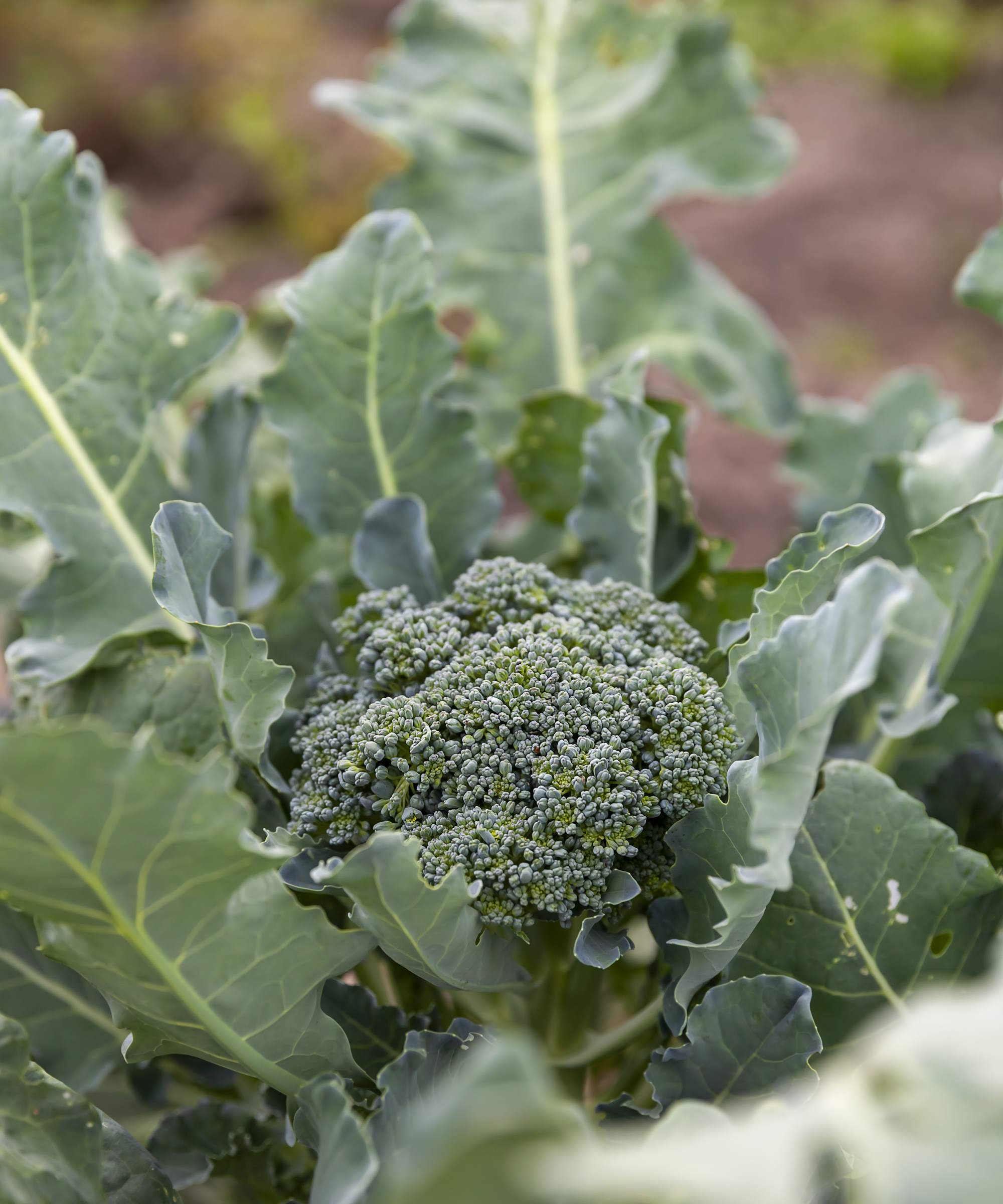
Plant broccoli seeds indoors around eight weeks before the last frosts, starting in early to mid-February. Sow seeds a half-inch deep into large modules or individual pots filled with a good potting mix for starting seeds.
When growing broccoli from seed, they want temperatures around 70°F and to be kept moist for good germination. Transplant seedlings out into the vegetable garden from mid-April onwards, after the last frosts, after a period of hardening off.
I recommend Calabrese broccoli as a great variety to sow this month. It is a fast-growing variety to provide a broccoli harvest before the hot summer arrives, plus you get a second harvest of tender side-shoots after harvesting the large central heads of this easy superfood to grow.
Cauliflower
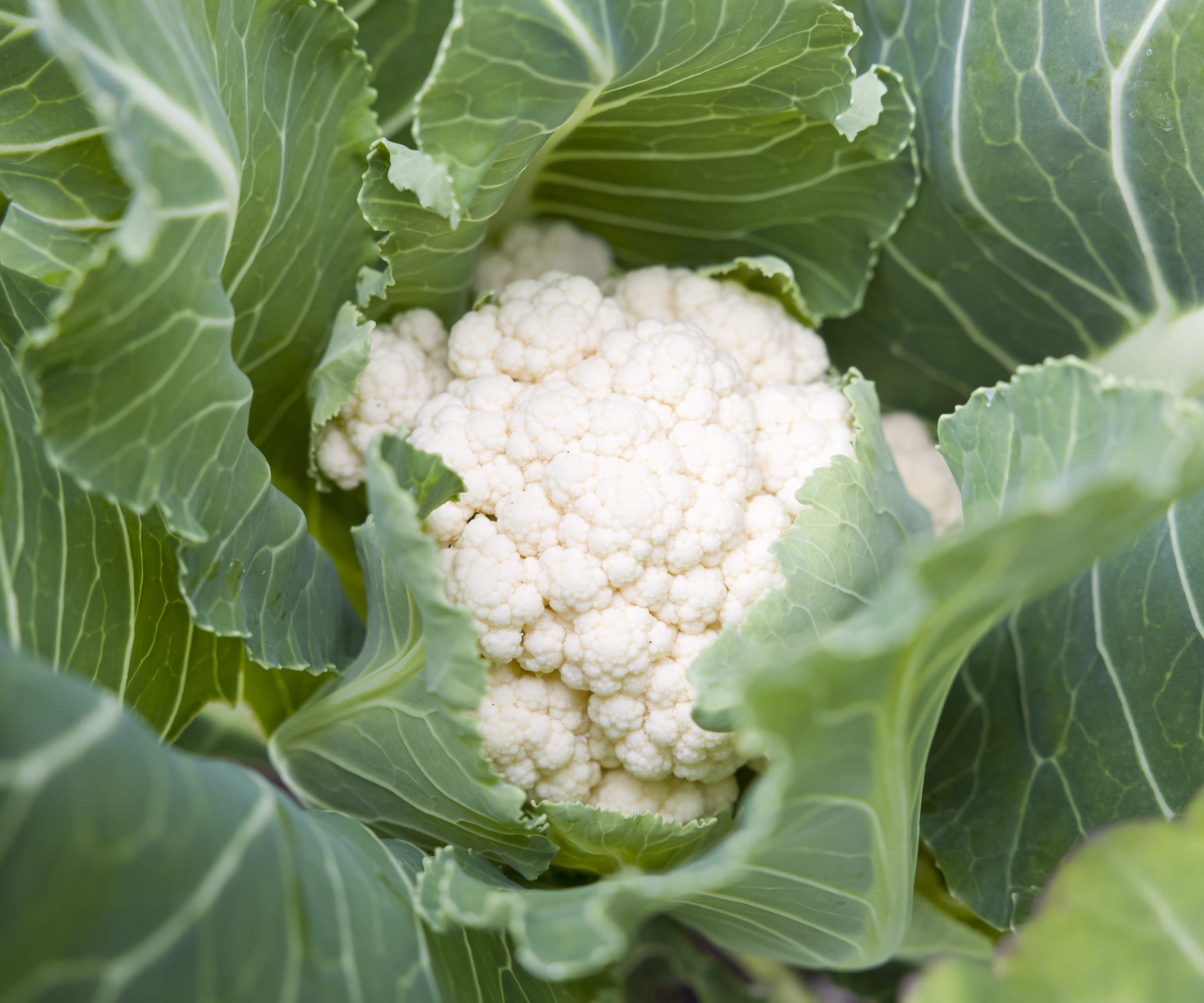
Growing cauliflower has a reputation for being tricky, however, mastering it and harvesting the white heads is immensely rewarding. Cauliflower is a cool weather crop sensitive to temperature and moisture fluctuations, so sowing an early variety in February allows you to harvest cauliflowers before temperatures peak in summer.
Design expertise in your inbox – from inspiring decorating ideas and beautiful celebrity homes to practical gardening advice and shopping round-ups.
Sow seeds indoors 6-8 weeks before the last frost, in mid-to-late February. Plant cauliflower seeds a half-inch deep in large modules or small pots and they will germinate quickly at 60-70°F. As cauliflowers do not like root disturbance, sowing individually is preferable to planting in trays and pricking out young seedlings.
Plant seedlings 24 inches apart after the frosts and mulch around the cauliflowers with organic matter to retain moisture in the soil and smother seedlings. Expect to harvest the heads around three months after transplanting the seedlings into the garden.
Kale

Kale is a very easy vegetable to grow and the superfood is packed with nutrients, vitamins, and antioxidants. There is plenty of variety when it comes to growing kale, as you can get red or green varieties, tall or dwarf types, and cultivars with different leaf shapes - plus you can grow kale in pots or in the ground.
Kale can be grown as an early summer crop by sowing seeds indoors in late winter or early spring. Sow kale seeds a quarter-inch deep into modules and they will germinate quickly at temperatures of 55-75°F. Keep young plants somewhere warm until planting out after the frosts.
See the range of kale seeds at True Leaf Market.
Peppers
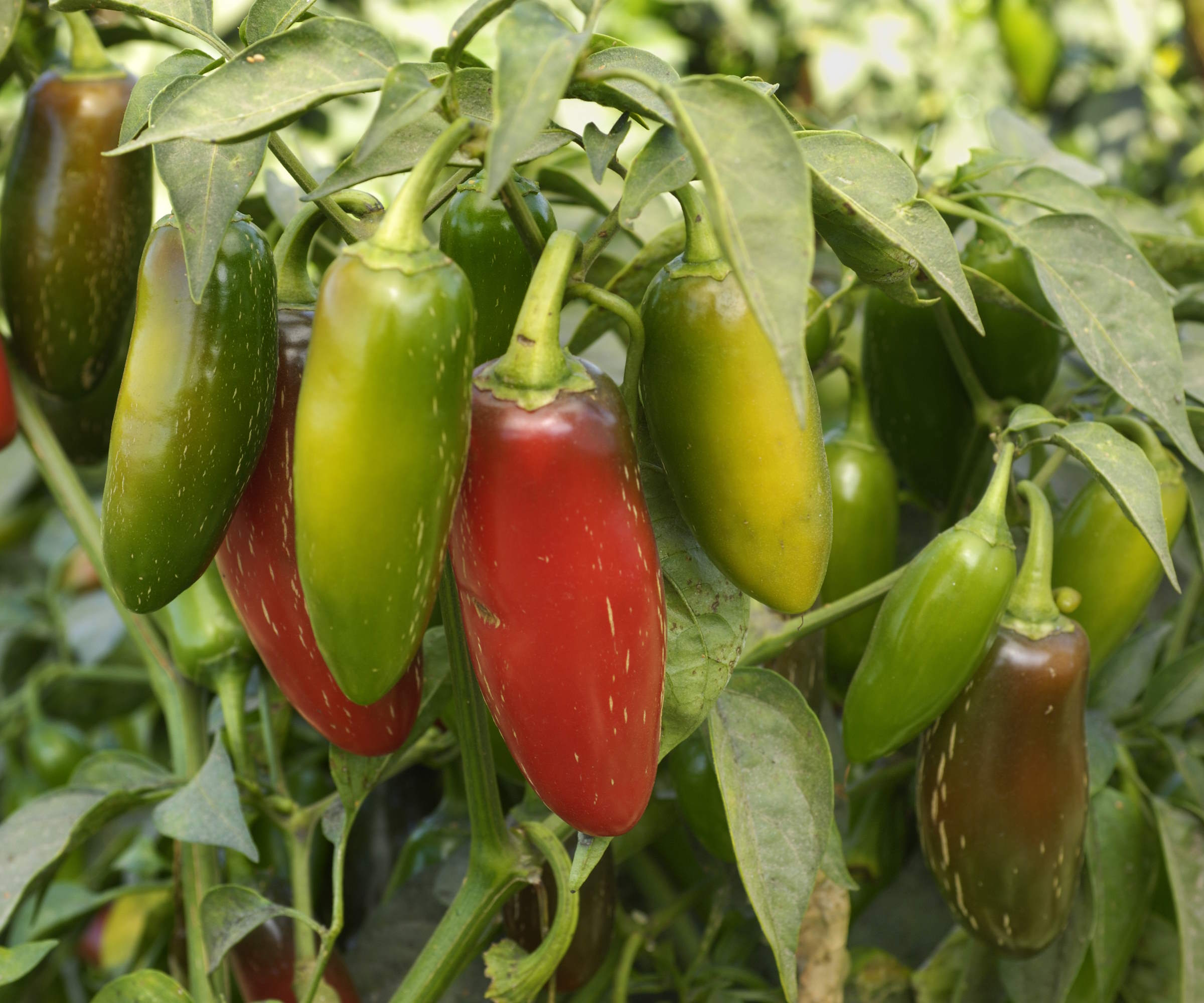
Peppers are a highly productive heat-loving crop that comes in different sizes, colors, shapes, and heat levels. Whether you want to grow bell peppers or any type of chili pepper, starting the seeds early indoors can extend the growing season and boost your harvests.
To grow chili peppers, or mild peppers, start the seeds 8-10 weeks before planting outside. The seeds are small and planted shallowly into trays or pots filled with seed compost. Cover the seeds with a thin layer of compost or vermiculite and germinate them somewhere warm. A heated propagator or heat mat is advisable to give the seeds temperatures of 70-90°F.
Pot the seedlings up as they develop and keep a close eye on watering plants to ensure the soil remains consistently moist. Transplant the peppers into a sunny spot in the garden, or grow them in a greenhouse, and space plants at least 30 inches apart.
Discover the range of pepper seeds at True Leaf Market.
Tomatoes
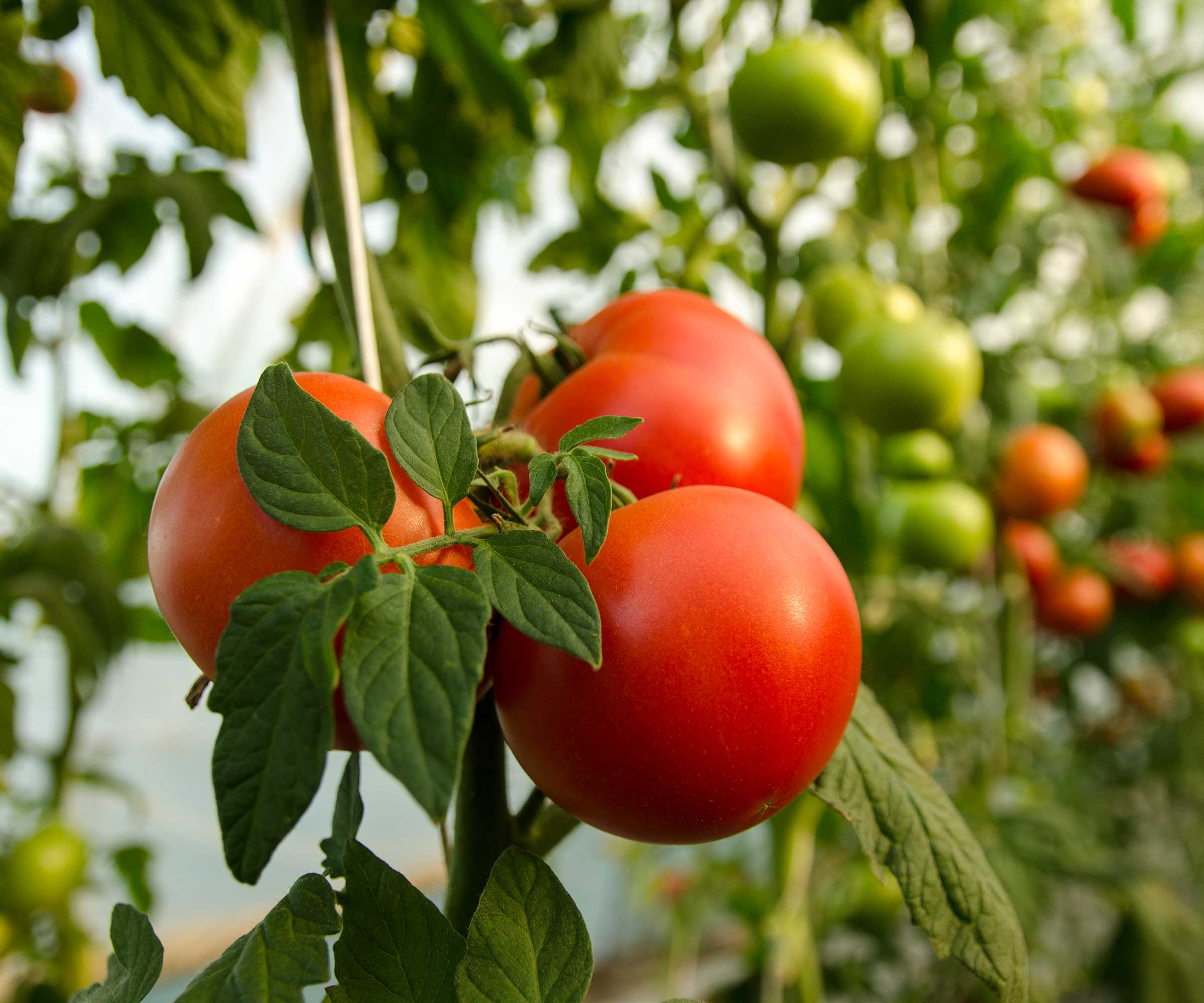
Just like peppers, planting tomatoes early in the year extends the growing season and boosts your tomato harvest. Whichever of the thousands of global tomato varieties you wish to cultivate, start them indoors at least six weeks before your last frost date. It makes mid-to-late February an ideal time to start growing tomatoes from seed.
Sow the seeds into trays or individual pots and heat them to 70-80°F. Transplant tomato seedlings into larger pots as they develop before planting them in their final position when daytime temperatures exceed 65°F. As plants develop, important care tasks include watering, pruning tomato plants, and fertilizing tomatoes with a liquid feed every few weeks.
See the range of tomato seeds at Burpee.
Basil
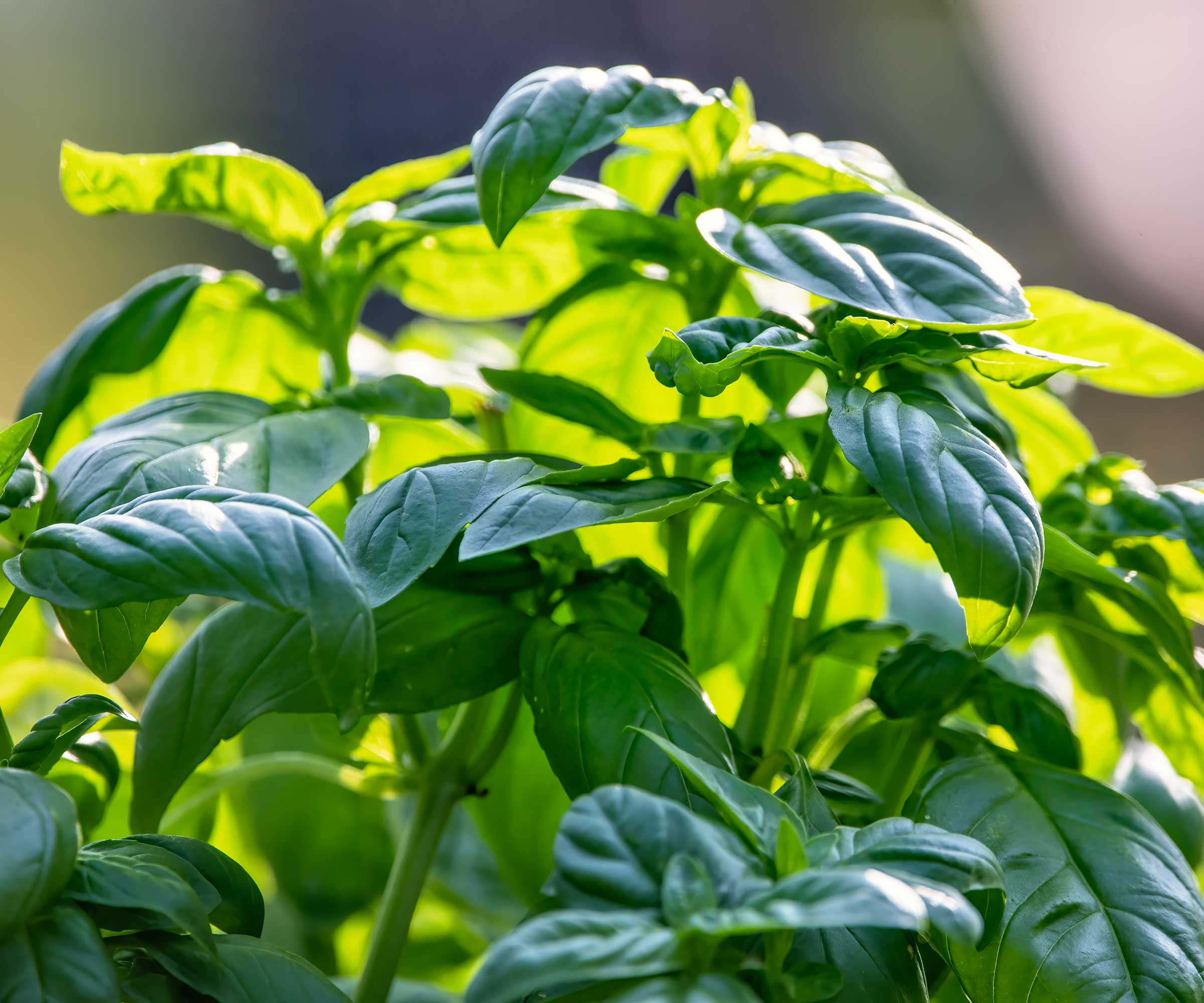
If you sow one herb in February, why not make it basil? The aromatic herb can be used in many different dishes and basil is often recommended as one of the best tomato companion plants. There are lots of different varieties of basil to pick between that enjoy the sunshine and fertile, well-draining soil.
Grow basil from seed around six weeks before the final frost. Sow seeds into pots or trays of seed compost and cover lightly. Place the container somewhere warm, at least 70°F, and keep moist. Basil can be planted outdoors after the frosts and is a relatively fuss-free plant.
Just remember to water basil throughout the season and regularly prune basil to encourage fresh, bushy growth. Always pinch off flowers when they appear and harvest basil once plants reach six inches.
Coneflowers
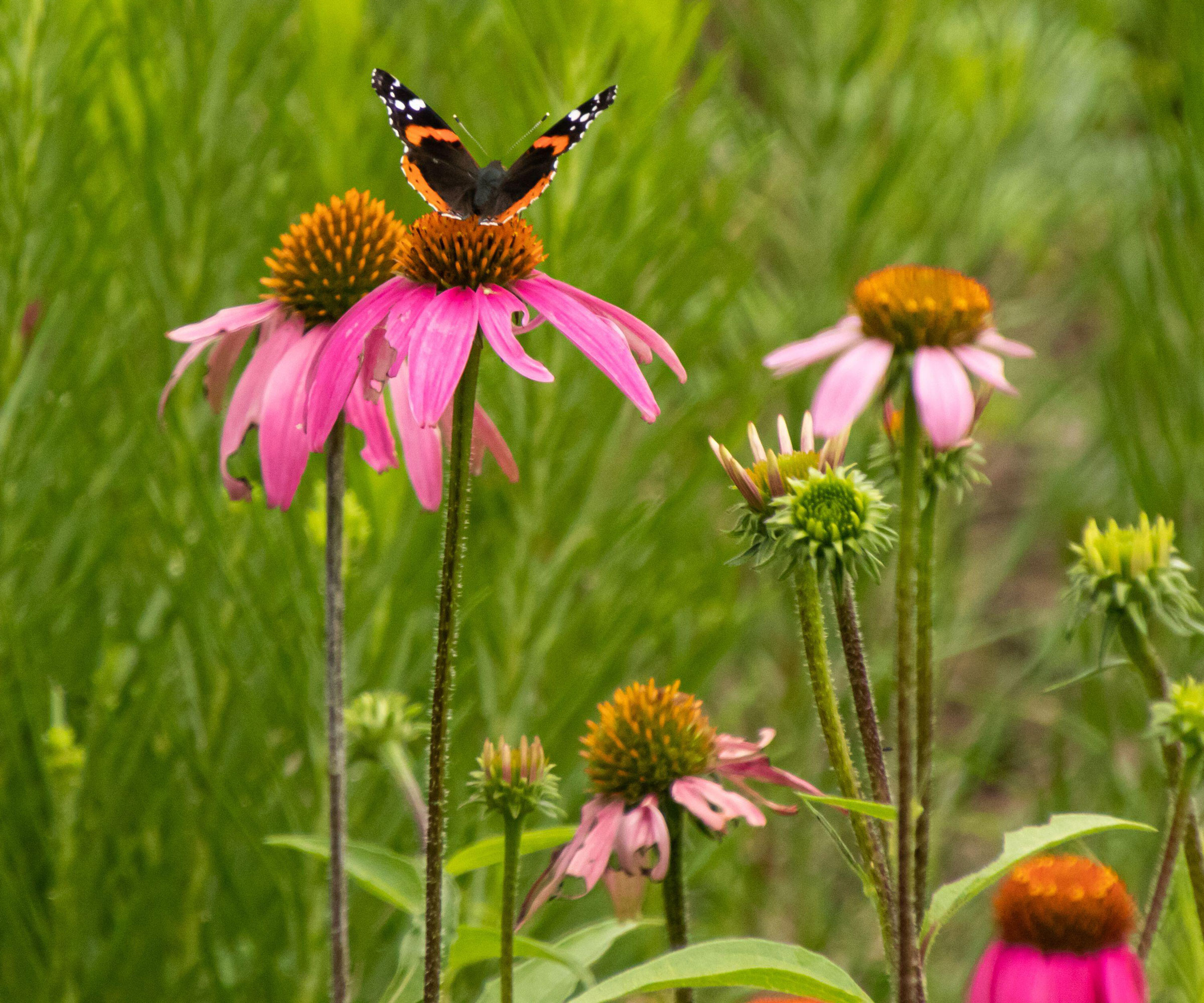
Coneflowers are long-flowering perennials that put on a spectacular display each summer and attract bees, butterflies, and other pollinators throughout the season. While the shuttlecock-shaped summer blooms attract wildlife in summer, the seedheads then provide food for birds throughout the colder months.
The seeds of coneflower varieties can be sown indoors around eight weeks before the last frost. Sow seeds a quarter-inch deep into a container filled with seed starting mix - do not plant them too deep as coneflower seeds need light for germination. The seedlings should sprout in around 10 days at temperatures of 65-75°F.
Marigolds
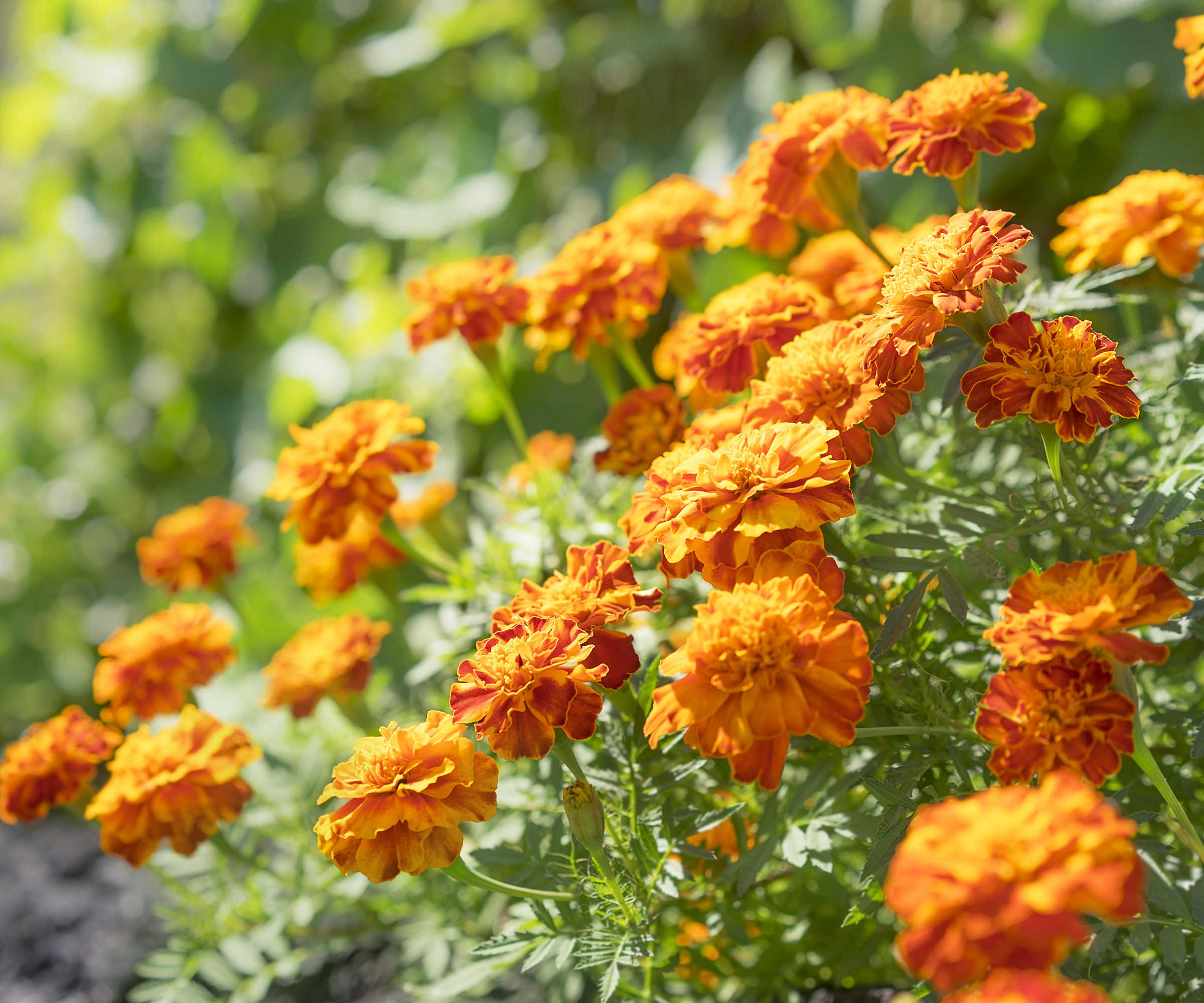
Marigolds are fantastic annual flowers. Not only are they attractive with their bright and cheery blooms in shades of yellow and orange, but planting marigolds in a vegetable garden offers several benefits. The flowers attract bees and other pollinators, plus marigolds keep bugs away from your crops - including flies, wasps, mosquitos, cabbage moths, tomato hornworms, squash bugs, and Mexican bean beetles.
They are easy flowers to grow from seed and can be started indoors early or sown directly outdoors once the soil warms. For early sowings, start marigold seeds indoors 6-8 weeks before the last frost and germinate at temperatures of 70 to 75°F in a greenhouse or on a sunny windowsill. Then plant marigolds outdoors into their final position after the frosts.
Zinnias
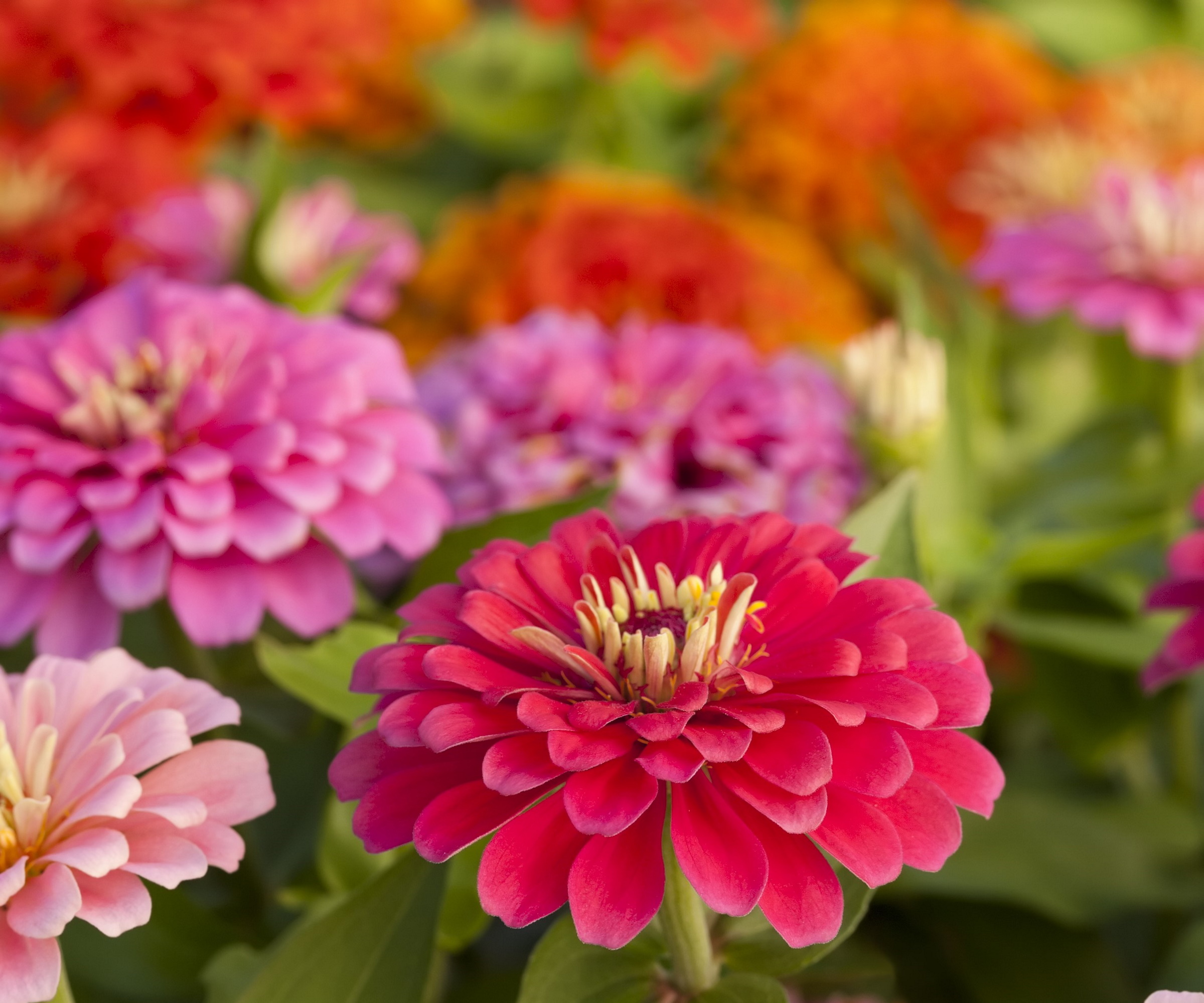
Zinnias are ideal for providing huge pops of color during the summer. Coming in a plethora of colors, there are zinnia varieties out there to suit any backyard ideas. While growing zinnias is easy, don’t rush to plant zinnia seeds this month. Wait until the end of February so these fast-growing flowering annuals are ready at the right time to plant outside after the last frosts.
Plant zinnia seeds into individual pots filled with seed compost. The plants do not like root disturbance, so either use larger pots or sow into biodegradable pots where you plant the seedling and the pot at transplant time. Zinnias are fast-growing flowers from seed and seedlings are likely to appear in as little as seven days from sowing.
See the range of zinnia seeds at True Leaf Market
Understanding your climate is integral when planning any garden and picking plants. Knowing what grows well in your US hardiness zone means you can choose plants that can survive winters and the best crops for your climate. To discover more about your zone and pick the right plants for your location, see our in-depth guide to US hardiness zones.
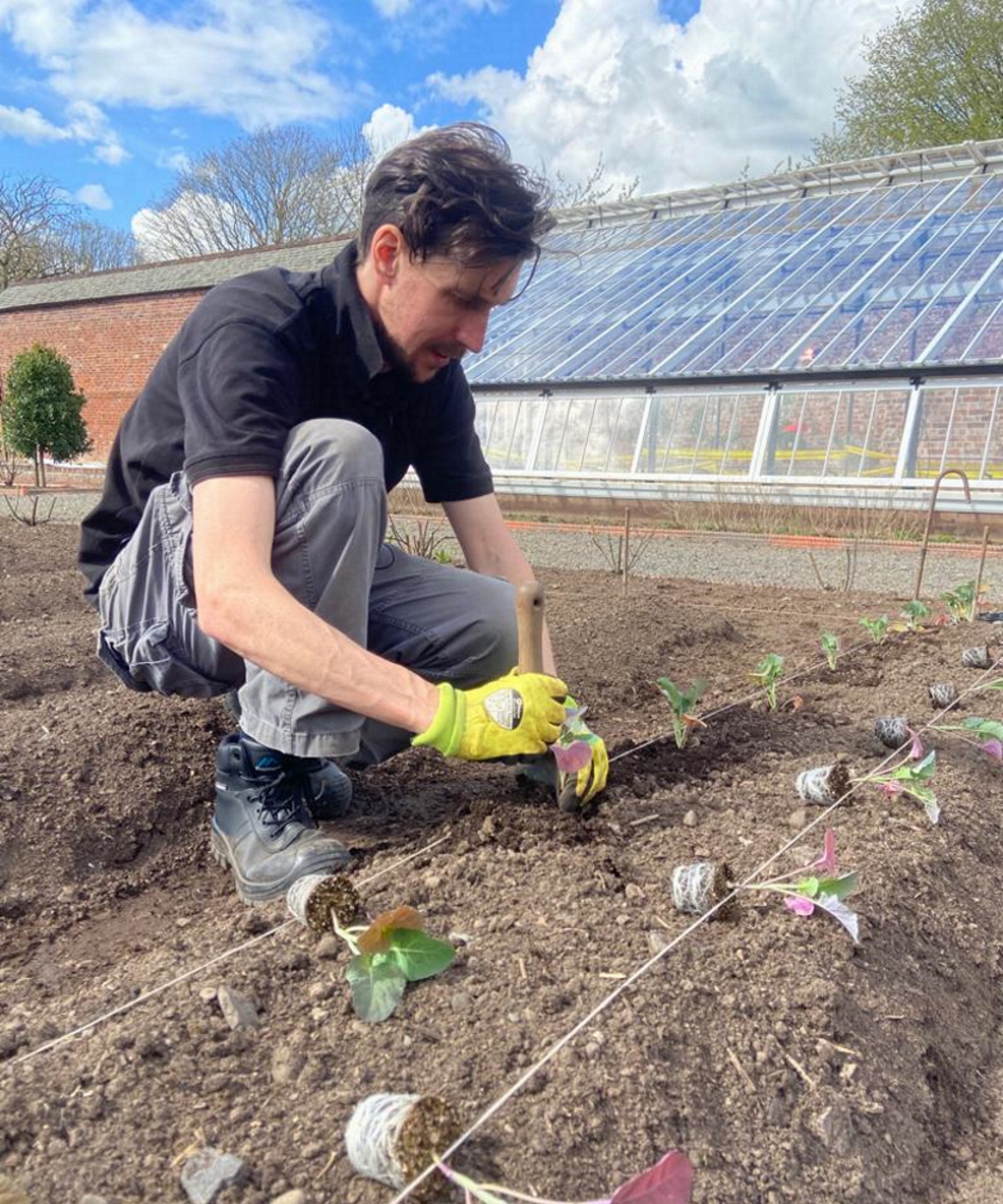
Drew has worked as a writer since 2008 and was also a professional gardener for many years. As a trained horticulturist, he worked in prestigious historic gardens, including Hanbury Hall and the world-famous Hidcote Manor Garden. He also spent time as a specialist kitchen gardener at Soho Farmhouse and Netherby Hall, where he grew vegetables, fruit, herbs, and cut flowers for restaurants. Drew has written for numerous print and online publications and is an allotment holder and garden blogger. He is shortlisted for the Digital Gardening Writer of the Year at the 2025 Garden Media Guild Awards.

